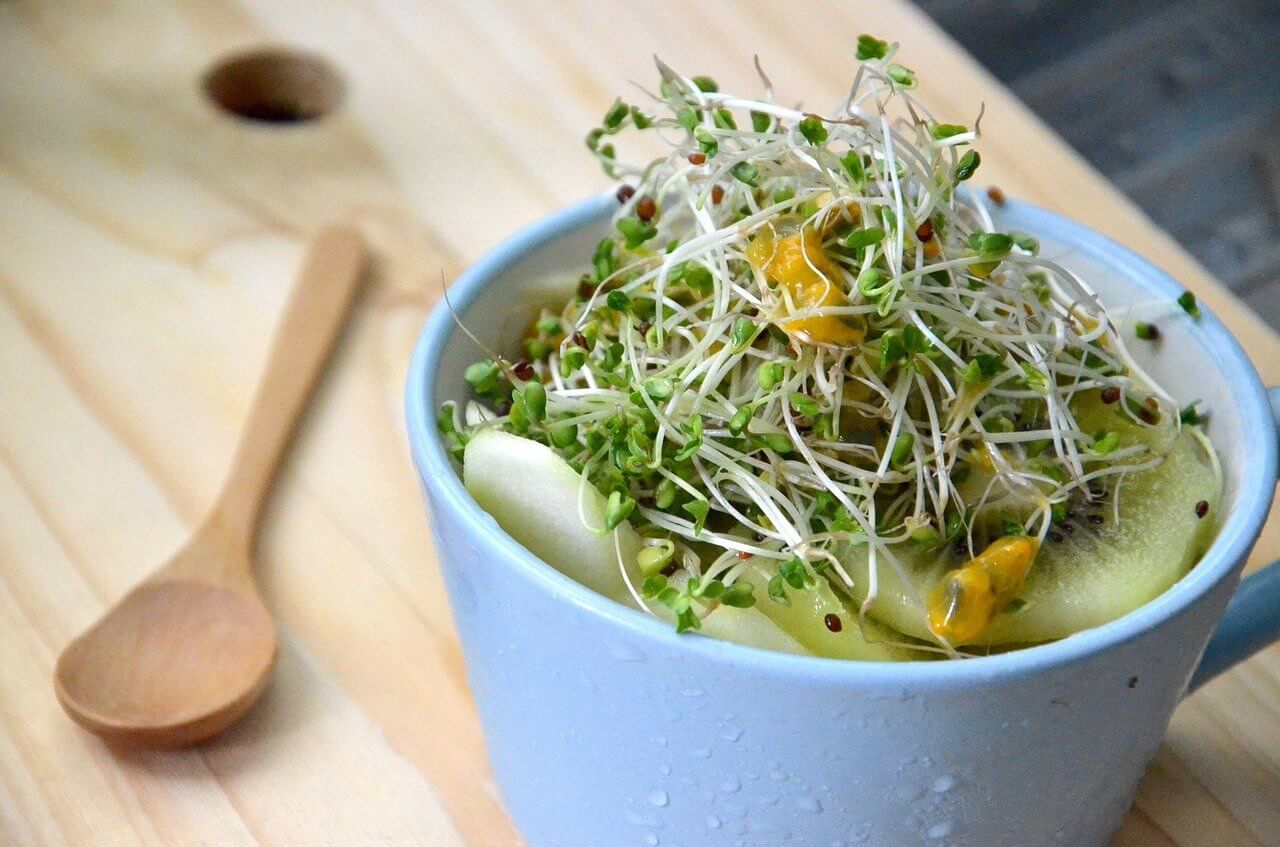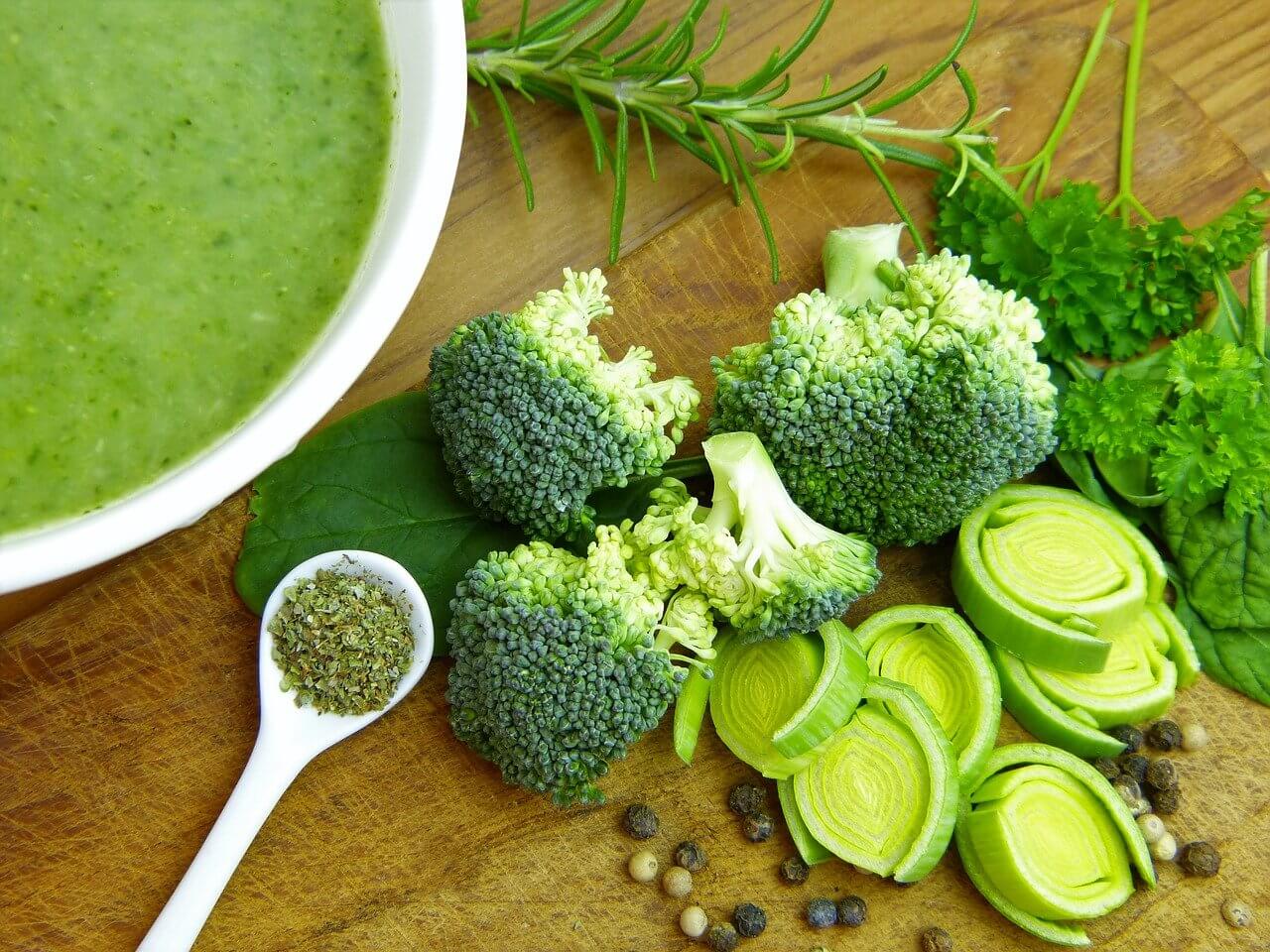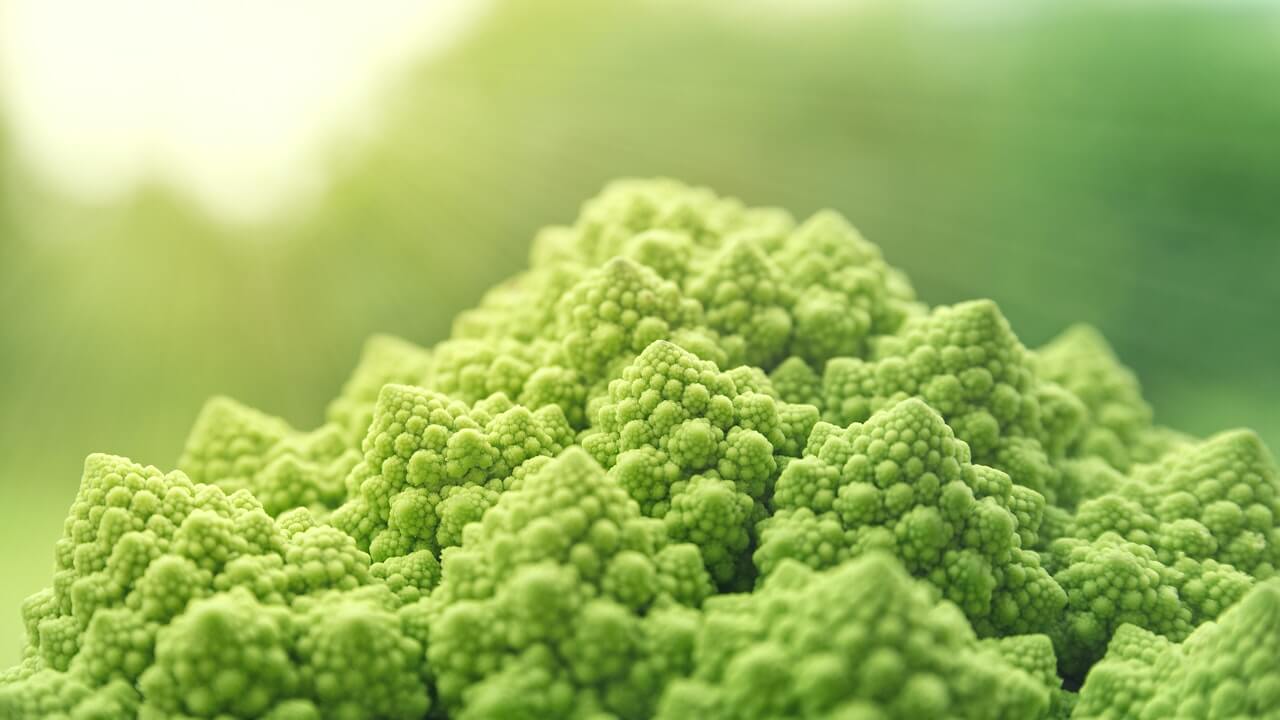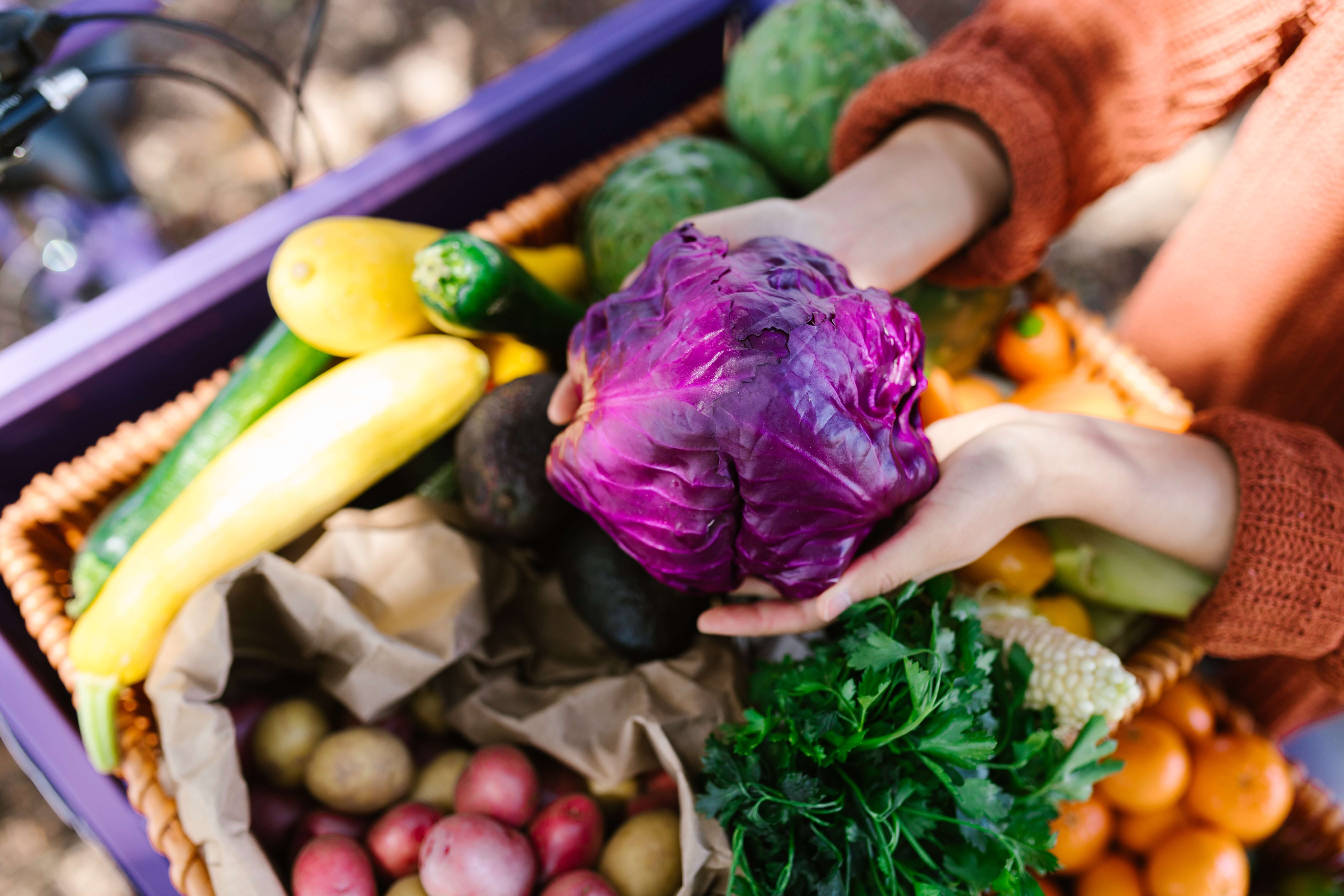All about Sulforaphane, The Anti-Cancer Molecule

There is growing interest in using food as a way to prevent cancer and other chronic diseases. Plenty of research has linked sulfur compounds found in certain plants with a reduction in cancer risk. 1, 2, 3
One of these sulfur-rich molecules is sulforaphane. Sulforaphane is found in plants (such as broccoli and Brussel sprouts), where it acts as a selective antibiotic against pathogens that attack plants. In humans, we have studied sulforaphane for its potential effects on neurodegenerative, anti-cancer, and cardiovascular diseases. One of the mechanisms of action of sulforaphane is by modulating gene expression (epigenetic regulation and histone deacetylase (HDAC) inhibition). 4, 5
Anti-cancer properties of sulforaphane
In this study, sulforaphane levels were assessed in extracts from different cruciferous vegetables such as broccoli, brussels sprouts, green and red cabbage, Chinese kale, and turnip.
The first parameter that they analyzed was the ability of vegetable extracts to kill cancer cells (cytotoxicity) and reduce their growth. Sulforaphane isolated was used as a positive control.
Of all the vegetables, green cabbage showed the highest anticancer effect (cytotoxicity and reduced cell growth) against the A-549 lung cancer cell line and correlated with high sulforaphane content. In regard to inhibiting cell growth and sulforaphane content, broccoli extract was the second most potent. The remaining vegetables also showed anticancer effects but to a lesser extent.
When they looked at the antioxidant activity, except for red cabbage and kale, cruciferous extracts showed moderate to weak antioxidant activity compared to the positive control, vitamin E. This means that kale and red cabbage had the highest antioxidant levels of all tested vegetables.

Sulforaphane and gut bacteria
Studies have found that sulforaphane protects against chemical-induced bladder cancer (in mice) through the modification of the gut microbiota and repairing the physiological destruction of the gut barrier, as well as decreasing inflammation and the immune response. This indicates that sulforaphane changes gut microbiota composition to a healthier state, while also influencing colon cancer cells.6
Sulforaphane content in mature vegetables vs sprouts
Sulforaphane levels are present in vegetables, not only when they are in their mature form, but also during their seed state. Literature shows that the levels of sulforaphane increase overtime during the germination process but start declining very fast the more vegetables grow into their mature form. This is why many health experts are directing their attention to sprouts!
Broccoli sprouts are very common and easy to find online. We would also like to include green cabbage sprouts as they showed the highest anticancer power, although they are less popular and harder to buy.
For context, raw mature broccoli has between 44 and 171 mg sulforaphane per 100 grams, depending on the species. Do you know what is the sulforaphane content in broccoli sprouts? About 1153 mg per 100 grams! That is about 10 times more than the average content of mature broccoli.7
I have also found that Romanesco broccoli/cauliflower contains 10 times more glucoraphanin than typical broccoli varieties.8 What a great reason to eat more of this vegetable!

Tips to increase sulforaphane levels
First, we need to understand how sulforaphane is produced in plants. Sulforaphane comes from another compound named glucoraphanin. This conversion is done by myrosinase enzymes, a family of enzymes belonging to the defense mechanism of plants. These enzymes are only released and activated upon damage to the plant.9 Before eating or cooking these vegetables, the best is to cut, chop or chew cruciferous plants to release myrosinase and activate sulforaphane.
The way of cooking these plants also changes sulforaphane content. Cooking at temperatures higher than 140 ˚C results in a loss of glucoraphanin.10 For this reason, it is best to avoid baking/cooking cruciferous vegetables for long times and at high temperatures. However, steaming them for 1-3 minutes is fine!11
Moreover, studies have shown that freezing them at -20 °C for up to 4 to 5 days increases and maintain high levels of sulforaphane better than refrigeration at 4 °C. The reason for this is that freezing breaks down plant cell walls, therefore activating the enzyme myrosinase.12
Finally, you may add some mustard (half a teaspoon is enough) to your meal! It appears that mustard seeds contain the myrosinase enzyme needed to form sulforaphane.13 Mustard seeds also increase sulforaphane levels in already cooked cruciferous vegetables. So go ahead and make your mustard sauce!

Tips summarized:
- Cut, chop, or chew these plants to release myrosinase and activate sulforaphane!
- Eat cruciferous vegetables raw whenever possible.14 If you rather cook them, steaming for 1-3 minutes is perfect to maximize sulforaphane levels!11
- Sprout cabbage or broccoli seeds for 4 days (they won’t look like mature sprouts yet but this is when sulforaphane levels are at the highest). Then freeze them and consume them within 5 days.
- Make a sauce using at least half a teaspoon of mustard seeds.
Side effects of too much sulforaphane intake
The main side effects that have been reported from huge amounts of sulforaphane are gas, constipation, and diarrhea. You may expect more smelly farts (yeah, like rotten eggs) because of the sulfur found within the sulforaphane molecule. If you ask me, this is a small price to pay for the incredible benefits that such a molecule can provide!
You can also find isolated sulforaphane in tablets. However, why not take the entire vegetable to get sulforaphane, while also getting all the other interesting molecules that we don’t even know about?
My view
I think it’s great that research is showing more and more benefits of eating different varieties of plants. In this blog post, I am emphasizing the anticancer power of cruciferous vegetables by the sulforaphane molecule, but there are many more beneficial molecules in plants!
To obtain the most benefits out of a plant-based diet, the best trick is to eat a wide range of colored vegetables and fruits, since each of them has different beneficial compounds.
I include broccoli sprouts in my diet, as well as other sprouts such as alfalfa and red cabbage. I am yet to find green cabbage seeds online!